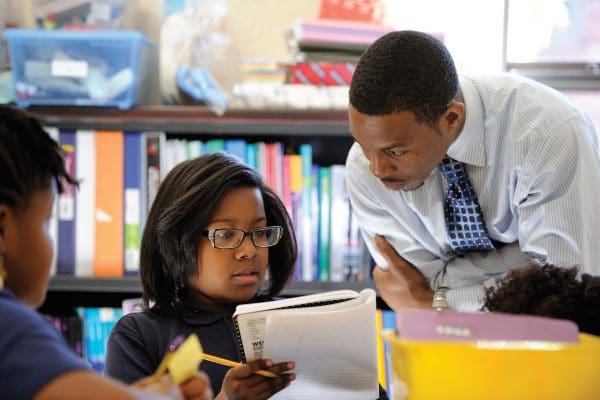Five recent Krieger School graduates make up the first cohort of a program designed to...


Five recent Krieger School graduates make up the first cohort of a program designed to...

In her new novel Someone, Writing Seminars faculty member Alice McDermott uncovers the beauty and...

Emily Bihl '13’s blog Rye & Rivet has been her platform for sharing profiles of...

As the Film and Media Studies Program approaches its 20th anniversary, it continues to grow...

Three Johns Hopkins University theoretical physicists have received a $1.3 million grant from the John...

Gregory F. Ball, vice dean for science and research infrastructure, talks about what happens when...

After nearly 40 years as an outlet for student creativity, the visual arts program at...

Peter Beilenson uses episodes from the popular television series to illustrate how city institutions have...

Cool student videos, super-easy navigation, colorful “fields of study” pages—these are just a few of...

Eric Wan is working with researchers from the School of Medicine to measure the quality...

Abby Harri and Michael Nakan are collaborating on Baby Booking, a documentary that paints a...

Every new leader faces a baptism-of-fire moment, but few have it as rough as Gail...